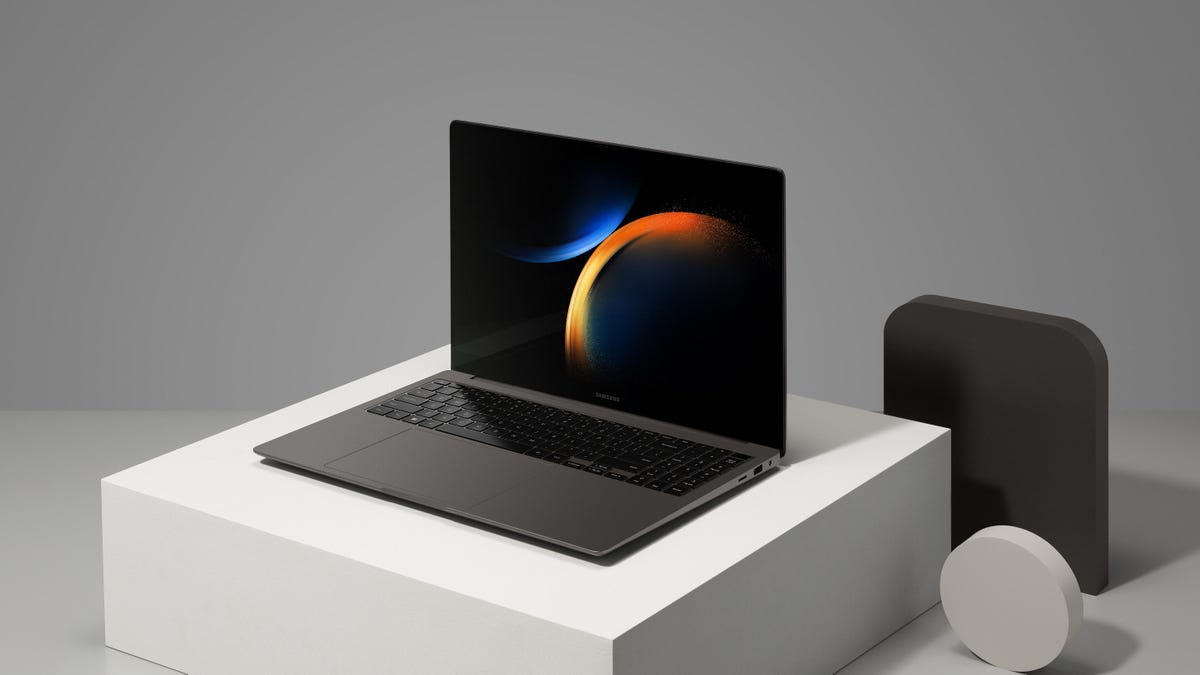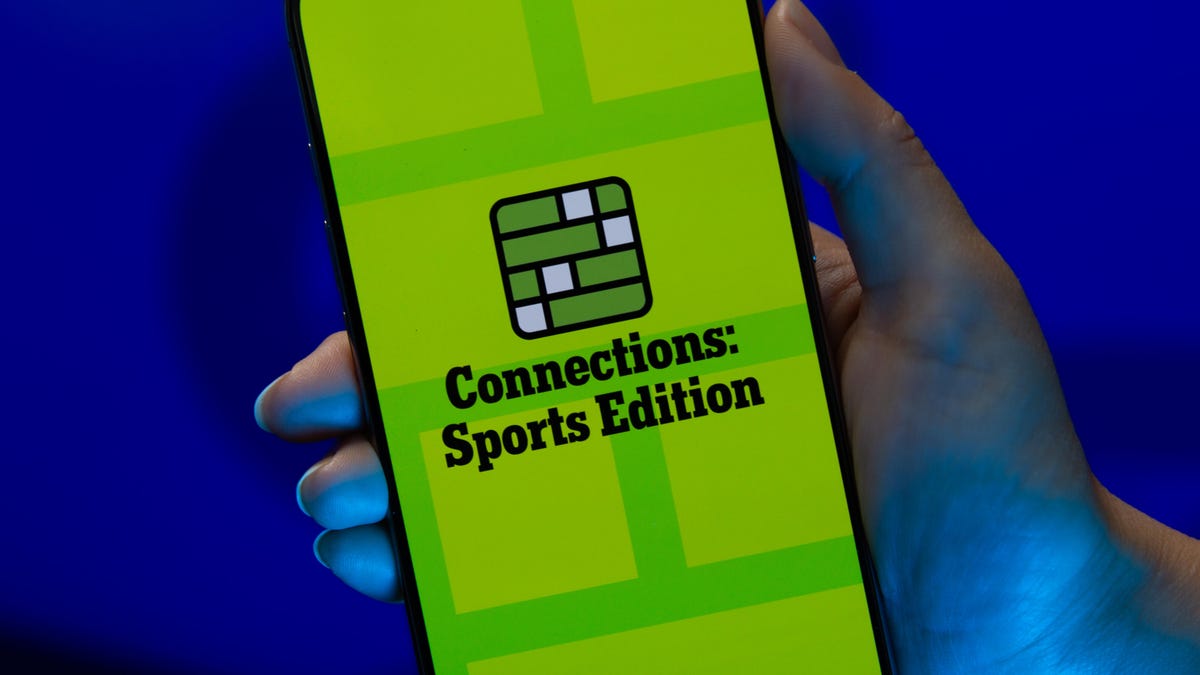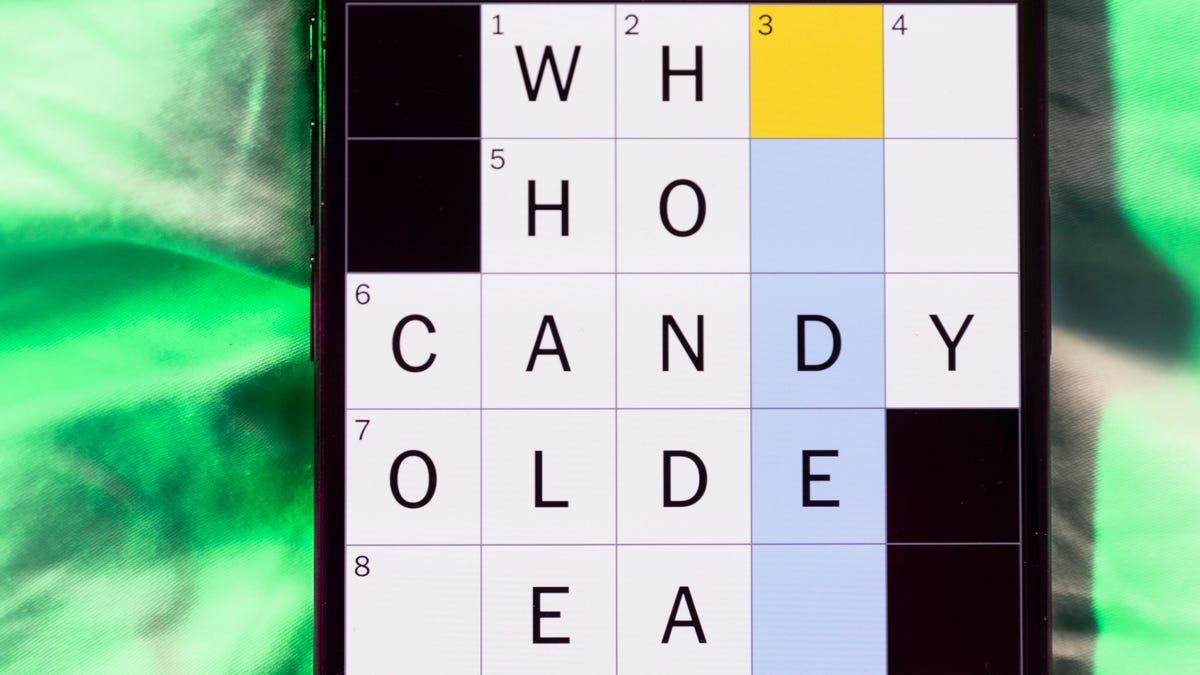Technologies
Galaxy Book 3 First Look: Samsung’s Pro Laptops Are Leveling Up
With a 16-inch AMOLED display, lots of ports and seamless connectivity with other Galaxy devices, the Ultra redefines premium laptops for Samsung.

Samsung’s Galaxy Book Pro laptops are leveling up. At Samsung’s Unpacked event Wednesday, the electronics giant announced the Galaxy Book 3 Ultra laptop alongside its latest flagship Galaxy S23 phones.
Like Samsung’s top Galaxy Ultra phones and Galaxy Tab S8 Ultra tablet, the Ultra laptop will have the best performance, a ton of features and a killer display. But like the other Ultra devices, the Ultra laptop might be more computer than you need. Samsung also has the Galaxy Book 3 Pro and Pro 360, which are a notch below the Ultra in performance, but have a lot of features in common, along with their own added extras.
Read more: Samsung Unpacked Live Updates
The Galaxy Book 3 Ultra is the star, though, and thankfully it fixes two things I didn’t like about the otherwise excellent Galaxy Book 2 Pro models. One issue was their displays. While they had great-looking AMOLED panels, they were 16:9, 1080p widescreens; most premium laptops use higher-resolution 16:10 panels that give you more vertical space. The 16-inch Galaxy Book 3 Ultra makes the jump to 16:10. It’s still an AMOLED panel, too, so you’re going to get amazing color and contrast. Plus it has a 120Hz refresh rate for smoother-looking video; its resolution is 2,880×1,800 pixels.
The second issue I had with the Book 2 Pro was that Samsung didn’t offer any options for discrete graphics and frankly, if you’re going to call something «Pro» you should offer something stronger than integrated graphics. That doesn’t change with the Book 3 Pro models, but the Ultra will have either an Nvidia GeForce RTX 4050 or 4070 graphics chip and they’ll be paired with a 13th-gen Intel Core i7 or i9 processor, respectively, giving the Ultra some pro-level laptop performance.
Those components drive the price up considerably, with the Core i7 and RTX 4050 configuration starting at $2,400 and the Core i9 and RTX 4070 pairing going for $3,000. (Pricing and availability weren’t announced for the UK or Australia, but the entry price converts to 1,950 and AU$3,400.) You get a lot of other great features for those prices like a 1080p webcam, a quad-speaker audio system, a fingerprint reader on the power button and a larger 76-watt-hour battery. The Ultra also has more ports than the Galaxy Book 2 Pro, with a USB-A port and HDMI 2.0 output joining its two Thunderbolt USB-C ports, microSD card slot and headphone jack.
The good news is almost all of these things trickle down to the Pro models, with the big exceptions being the Core i9 processor and the discrete graphics. The nice thing about that is the 16-inch Galaxy Book 3 Pro laptop is 4 millimeters thinner and it’s about a half pound lighter than the 16.5-mm thick, 4-pound (1.8-kilogram) Ultra. The Galaxy Book 3 Pro will also be available in a 14-inch size that’s just 2.6 pounds (1.2 kilograms).
There’s also a 16-inch Galaxy Book 3 Pro 360 two-in-one, which is large for a two-in-one, but since it comes with one of Samsung’s excellent S Pens, you’ll have a lot of room to draw or take notes, plus it’ll make a nice digital whiteboard for meetings. And again, all of the features like the high-res webcam, port assortment and quad speakers on the Ultra are here, too. It’s also the only model to come with optional 5G wireless.
Also, just like earlier Galaxy Books, the new Ultra and Pro laptops are made to work with other Galaxy devices. Things like sending files back and forth between your phone and laptop are easy. You can, for instance, start working on a file on your Galaxy phone and finish up on the Galaxy Book. Or you can use a Galaxy Tab S8 as a wireless external display to extend the laptop’s screen. Your Galaxy Buds can automatically switch between devices as well. This extra layer of interoperability is something Apple does well with its iPhones, iPads and MacBooks, and Samsung is quickly catching up with help from Intel and Microsoft. These laptops have enterprise-level security, too, since they meet Microsoft’s secured-core PC requirements.
There is one thing that Samsung kept the same as the previous generations and that’s the overall look. They’re nice and clean, if a bit unexciting, especially compared to Samsung’s phones, which come in several colors — these come in graphite or beige. Build quality is improved, though. They’re sturdier, stiffer and stronger, which is certainly a plus even if they’re a bit heavier because of it.
The Samsung Galaxy Book 3 Ultra and Pro and Pro 360 laptops are available to preorder now through Samsung’s site and the Pro models are expected to start shipping on Feb. 17.
Technologies
Today’s NYT Connections: Sports Edition Hints and Answers for Nov. 29, #432
Here are hints and the answers for the NYT Connections: Sports Edition puzzle for Nov. 29, No. 432.

Looking for the most recent regular Connections answers? Click here for today’s Connections hints, as well as our daily answers and hints for The New York Times Mini Crossword, Wordle and Strands puzzles.
It’s Rivalry Saturday, so Connections: Sports Edition gives a big game a nod with two caregories. If you’re struggling with today’s puzzle but still want to solve it, read on for hints and the answers.
Connections: Sports Edition is published by The Athletic, the subscription-based sports journalism site owned by The Times. It doesn’t appear in the NYT Games app, but it does in The Athletic’s own app. Or you can play it for free online.
Read more: NYT Connections: Sports Edition Puzzle Comes Out of Beta
Hints for today’s Connections: Sports Edition groups
Here are four hints for the groupings in today’s Connections: Sports Edition puzzle, ranked from the easiest yellow group to the tough (and sometimes bizarre) purple group.
Yellow group hint: Fire it on in there.
Green group hint: Buckeyes.
Blue group hint: Wolverines.
Purple group hint: Not double.
Answers for today’s Connections: Sports Edition groups
Yellow group: Baseball pitching feats.
Green group: Associated with Ohio State.
Blue group: Associated with Michigan.
Purple group: Triple ____.
Read more: Wordle Cheat Sheet: Here Are the Most Popular Letters Used in English Words
What are today’s Connections: Sports Edition answers?
The yellow words in today’s Connections
The theme is baseball pitching feats. The four answers are immaculate inning, no-hitter, perfect game and shutout.
The green words in today’s Connections
The theme is associated with Ohio State. The four answers are dotting the I, gray, scarlet and The Horseshoe.
The blue words in today’s Connections
The theme is associated with Michigan. The four answers are blue, Hail to the Victors, maize and The Big House.
The purple words in today’s Connections
The theme is triple ____. The four answers are A, crown, double and play.
Technologies
Today’s NYT Mini Crossword Answers for Saturday, Nov. 29
Here are the answers for The New York Times Mini Crossword for Nov. 29.

Looking for the most recent Mini Crossword answer? Click here for today’s Mini Crossword hints, as well as our daily answers and hints for The New York Times Wordle, Strands, Connections and Connections: Sports Edition puzzles.
Need some help with today’s Mini Crossword? It’s Saturday, so it’s a long one. Read on for all the answers. And if you could use some hints and guidance for daily solving, check out our Mini Crossword tips.
If you’re looking for today’s Wordle, Connections, Connections: Sports Edition and Strands answers, you can visit CNET’s NYT puzzle hints page.
Read more: Tips and Tricks for Solving The New York Times Mini Crossword
Let’s get to those Mini Crossword clues and answers.
Mini across clues and answers
1A clue: Hockey disks
Answer: PUCKS
6A clue: Signature headwear for Mr. Monopoly
Answer: TOPHAT
7A clue: Seedy establishment?
Answer: NURSERY
8A clue: Bioweapon at the center of a 2001 envelope scare
Answer: ANTHRAX
9A clue: Cleverly skillful
Answer: ADROIT
10A clue: Sleeping enclosure for a pet dog
Answer: CRATE
11A clue: Picks up the tab
Answer: PAYS
Mini down clues and answers
1D clue: Play, as a film character
Answer: PORTRAY
2D clue: Ultimate consequences
Answer: UPSHOTS
3D clue: Sweetheart, in French
Answer: CHERIE
4D clue: 24-___ gold
Answer: KARAT
5D clue: River in which Achilles was dipped (except for his heel!)
Answer: STYX
6D clue: Frozen landscape
Answer: TUNDRA
7D clue: Civil rights org. co-founded by W.E.B. Du Bois
Answer: NAACP
Don’t miss any of our unbiased tech content and lab-based reviews. Add CNET as a preferred Google source.
Technologies
Repair Your Electronics at Home With This Rare Black Friday Discount on the iFixit Pro Tech Go Toolkit
This toolkit rarely goes on sale, so take advantage of this opportunity to snag it for only $40.

While Black Friday is an excellent time to replace old smartphones or broken laptops at a discount, not everyone is looking to splurge on new tech right now. If you’re shopping on a budget, or simply like the devices that you have and aren’t ready for an upgrade, investing in an electronics repair kit may be a wise option. We’ve spotted a discount on the iFixit Pro Tech Go tech toolkit, bringing its price down to just $40. But don’t delay, Black Friday is in its final hours and this kit rarely goes on sale.
The iFixit Pro Tech Go kit can be used to open up and repair a wide range of electronics, including smartphones, laptops, gaming consoles, and smart home devices for DIY repairs like battery or screen replacements. The kit has a 32-bit Moray driver kit, an opening tool, a suction handle, a jimmy, a spudger and angled tweezer to carefully open your devices.
Don’t miss any of our unbiased tech content and lab-based reviews. Add CNET as a preferred Google source.
Repairing your own tech can save you hundreds or even thousands of dollars. It also reduces e-waste by helping your devices last longer rather than throwing them away over minor issue. As of this year, all 50 states have introduced right-to-repair legislation designed to give people a legal right to fix their own tech, and several states have already signed it into law.
You can check out more deals from iFixIt now on Amazon. Plus, for other budget buys, check out our roundup of the best Black Friday deals under $100.
MOBILE DEALS OF THE WEEK
-
$749 (save $250)
-
$475 (save $175)
-
$499 (save $300)
-
$900 (save $400)
Why this deal matters
This is a record low price on a repair kit that rarely goes on sale. While we did see a modest discount on the iFixit Pro Tech Go toolkit during Amazon Prime Day in July, it was not marked down for October Prime Day or other sales such as Memorial Day or Labor Day. As such, it’s fairly unlikely that we’ll see it go on sale again this season, so this might be your last chance to get the toolkit for only $40.
Join Our Daily Deals Text Group!
Get hand-picked deals from CNET shopping experts straight to your phone.
By signing up, you confirm you are 16+ and agree to receive recurring marketing messages at the phone number provided. Consent is not a condition of purchase. Reply STOP to unsubscribe. Msg & data rates may apply. View our Privacy Policy and Terms of Use.
-

 Technologies3 года ago
Technologies3 года agoTech Companies Need to Be Held Accountable for Security, Experts Say
-

 Technologies3 года ago
Technologies3 года agoBest Handheld Game Console in 2023
-

 Technologies3 года ago
Technologies3 года agoTighten Up Your VR Game With the Best Head Straps for Quest 2
-

 Technologies4 года ago
Technologies4 года agoBlack Friday 2021: The best deals on TVs, headphones, kitchenware, and more
-

 Technologies4 года ago
Technologies4 года agoVerum, Wickr and Threema: next generation secured messengers
-

 Technologies4 года ago
Technologies4 года agoGoogle to require vaccinations as Silicon Valley rethinks return-to-office policies
-

 Technologies4 года ago
Technologies4 года agoOlivia Harlan Dekker for Verum Messenger
-

 Technologies4 года ago
Technologies4 года agoiPhone 13 event: How to watch Apple’s big announcement tomorrow
